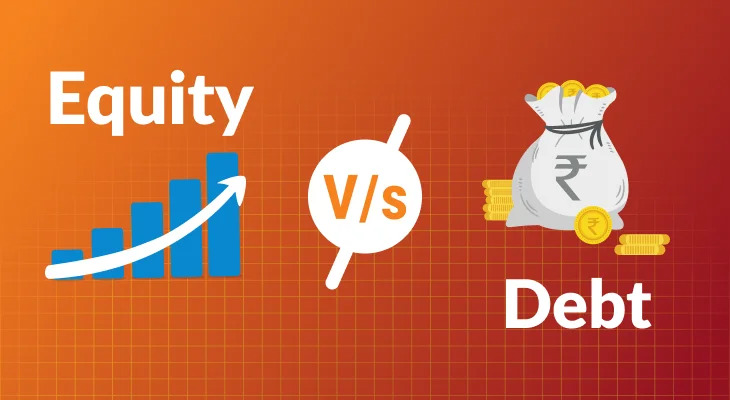How Understanding Mandate Meaning Can Enhance Your NACH Debit Experience

The rise of digital banking has made recurring payments easier and more streamlined, particularly with systems like NACH (National Automated Clearing House). If you’ve ever seen a debit by NACH in your account, you’re likely familiar with how automated deductions work for things like loan repayments, utility bills, or insurance premiums. However, to fully benefit from the convenience NACH offers, it’s essential to understand the “mandate meaning” and its role in authorising these payments.
In this article, we’ll explore what a NACH mandate is, how it works, and how understanding it can enhance your overall digital banking experience.
What is the mandate meaning in NACH?
In the context of NACH, a mandate is essentially an authorisation given by you (the account holder) to your bank, allowing them to debit a specified amount from your account automatically at predetermined intervals. This authorisation is required before any NACH debit can occur, making the mandate a critical part of ensuring the security and efficiency of recurring payments.
The “mandate meaning” revolves around the idea that, by signing a mandate, you give explicit permission for a service provider (such as your lender, utility provider, or insurance company) to withdraw funds from your bank account on a scheduled basis.
Key features of a NACH mandate:
- Authorisation: A NACH mandate serves as your written or electronic consent, permitting the automatic withdrawal of funds.
- Specificity: It outlines specific details, such as the maximum amount to be debited, the frequency of the payments (monthly, quarterly, etc.), and the validity period of the mandate.
- Security: It adds an extra layer of security to ensure that only authorised transactions take place, protecting you from unauthorised debits.
How NACH debits work
A debit by NACH refers to an automatic deduction made from your account based on the authorisation provided in the mandate. These debits can be for regular payments such as EMIs, insurance premiums, or utility bills. NACH debits help streamline payments, eliminating the need for manual payments and ensuring you don’t miss due dates.
Steps involved in a NACH debit:
- Mandate submission: You submit a mandate either in physical form or through an electronic process, specifying the details of the payments to be debited.
- Verification: The bank verifies the mandate details, ensuring the authorisation is legitimate before proceeding with any debits.
- Automatic debits: Once the mandate is approved, the bank will automatically deduct the specified amount from your account on the scheduled dates.
- Payment notifications: You will typically receive notifications when a debit by NACH occurs, keeping you informed about the status of your payments.
Benefits of understanding the NACH mandate
Understanding the mandate meaning is essential for maximising the benefits of NACH debits. Here’s how it can enhance your experience:
1. Simplifies recurring payments
One of the primary benefits of a NACH mandate is that it simplifies recurring payments. Whether you’re paying monthly EMIs or utility bills, the mandate ensures that the payment process is automated. Once you’ve set up the mandate, you no longer need to worry about remembering due dates or making manual payments. This is particularly useful for individuals managing multiple recurring expenses.
2. Prevents missed payments
Missed payments can result in late fees or penalties, especially in the case of loan EMIs. With NACH debits, the mandate guarantees that payments are made automatically and on time, helping you avoid the risks of missed payments and maintaining your creditworthiness.
3. Customisable for flexibility
The NACH mandate allows for flexibility in how payments are scheduled. You can customise the mandate to fit your financial situation, specifying the maximum amount to be debited, the frequency of payments, and the validity period. This customisation helps ensure that your payments align with your cash flow, making it easier to manage your finances.
4. Reduces administrative burden
By automating payments through a NACH debit, you reduce the administrative burden of keeping track of multiple payment deadlines. This is especially beneficial for businesses and organisations handling bulk transactions like salary disbursements or vendor payments.
5. Enhances security
A NACH mandate adds an additional layer of security, as it requires your explicit authorisation for each debit. This protects you from unauthorised transactions. Banks and financial institutions also verify mandates before processing any debits, ensuring that only legitimate payments are made from your account.
6. Transparency in payments
When you use NACH for automated debits, you receive notifications every time a debit occurs. This transparency helps you keep track of your payments and ensures that you are always informed about your account activity.
Conclusion
Understanding the mandate meaning in the context of NACH debits can significantly improve your digital banking experience. By automating recurring payments through debit by NACH, you ensure timely payments, reduce administrative burdens, and enhance financial security. With proper management and awareness of your NACH mandates, you can optimise your finances while benefiting from the convenience and efficiency that digital banking offers.





